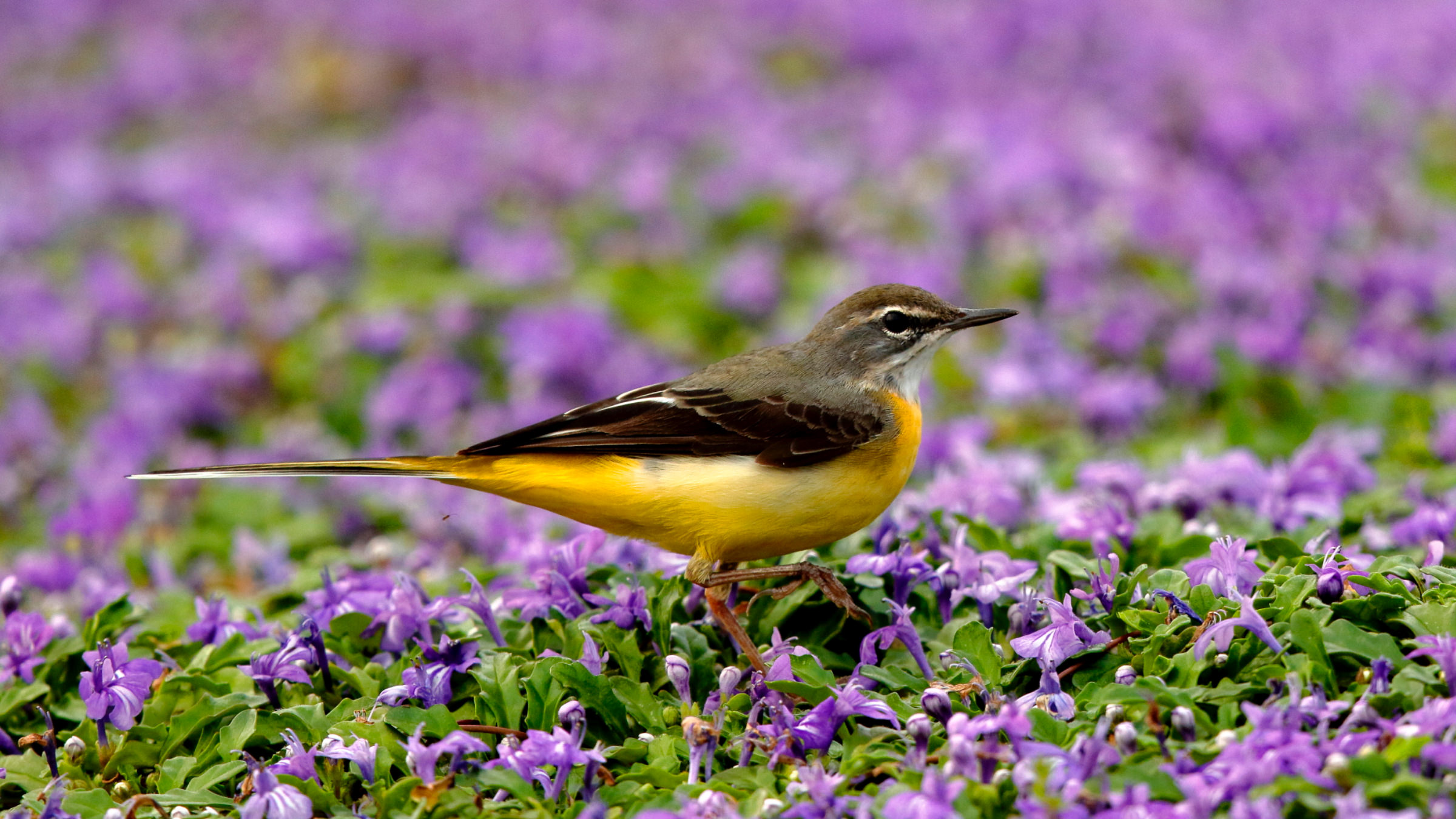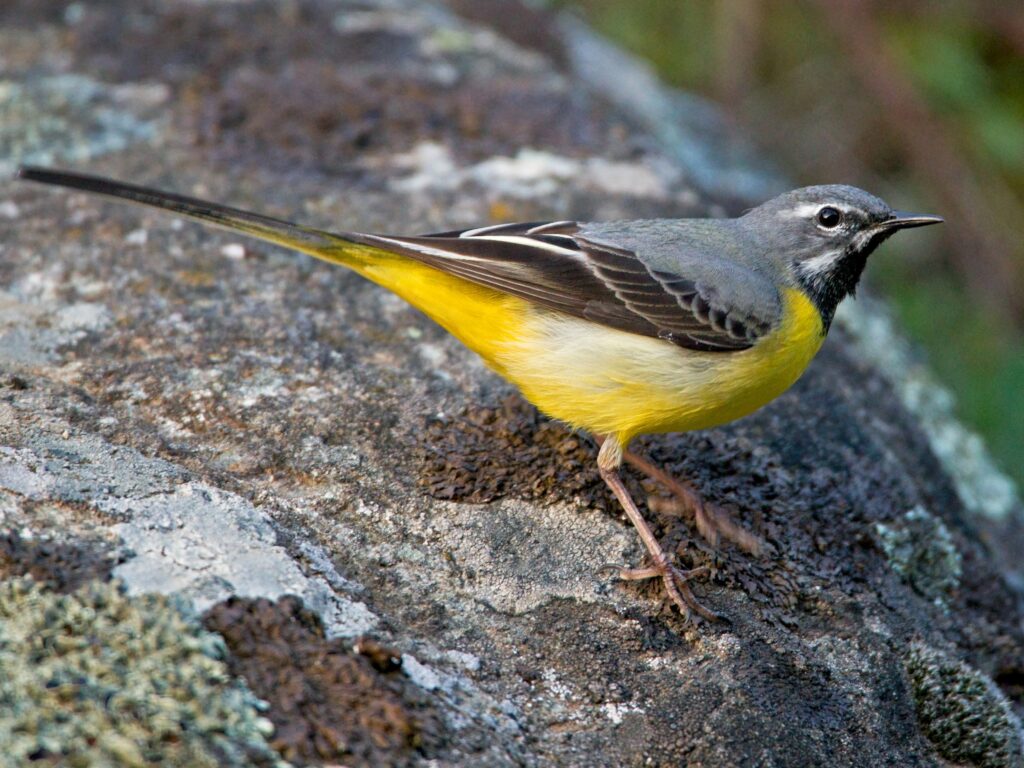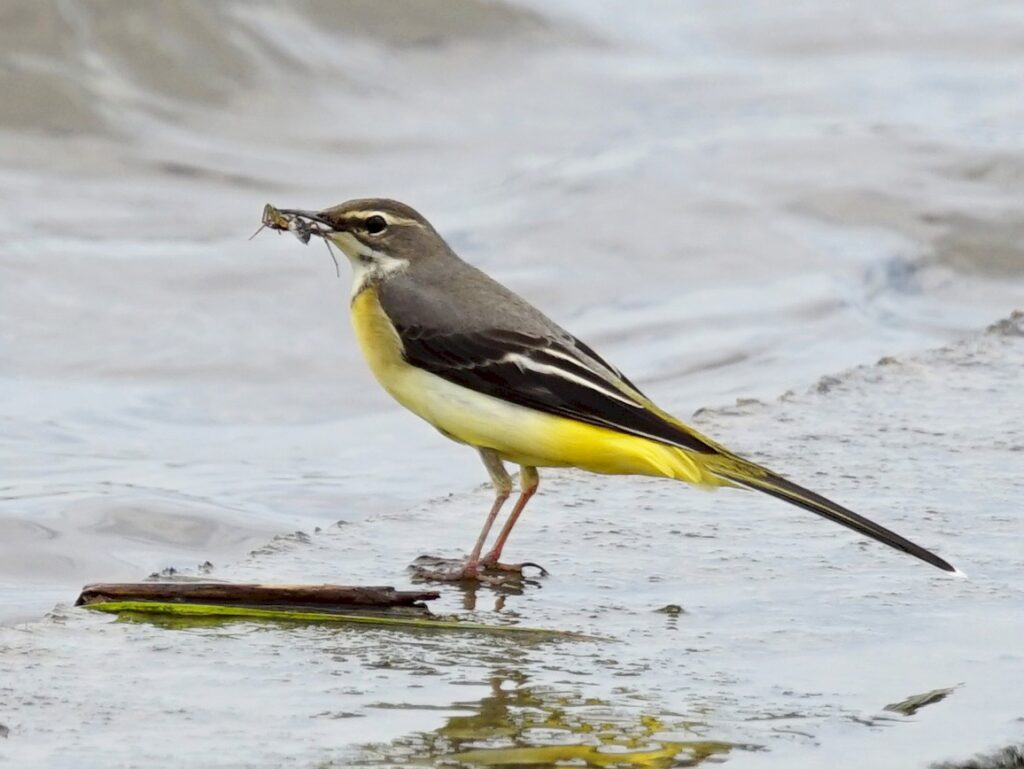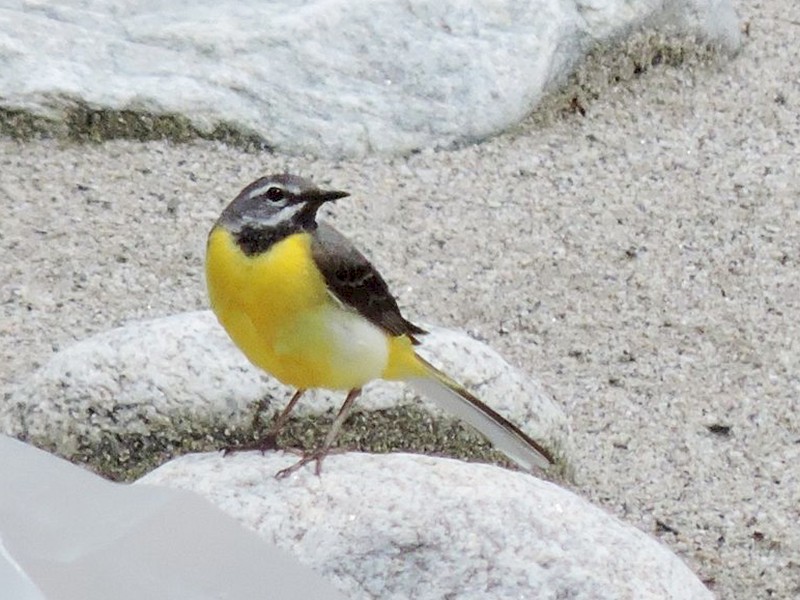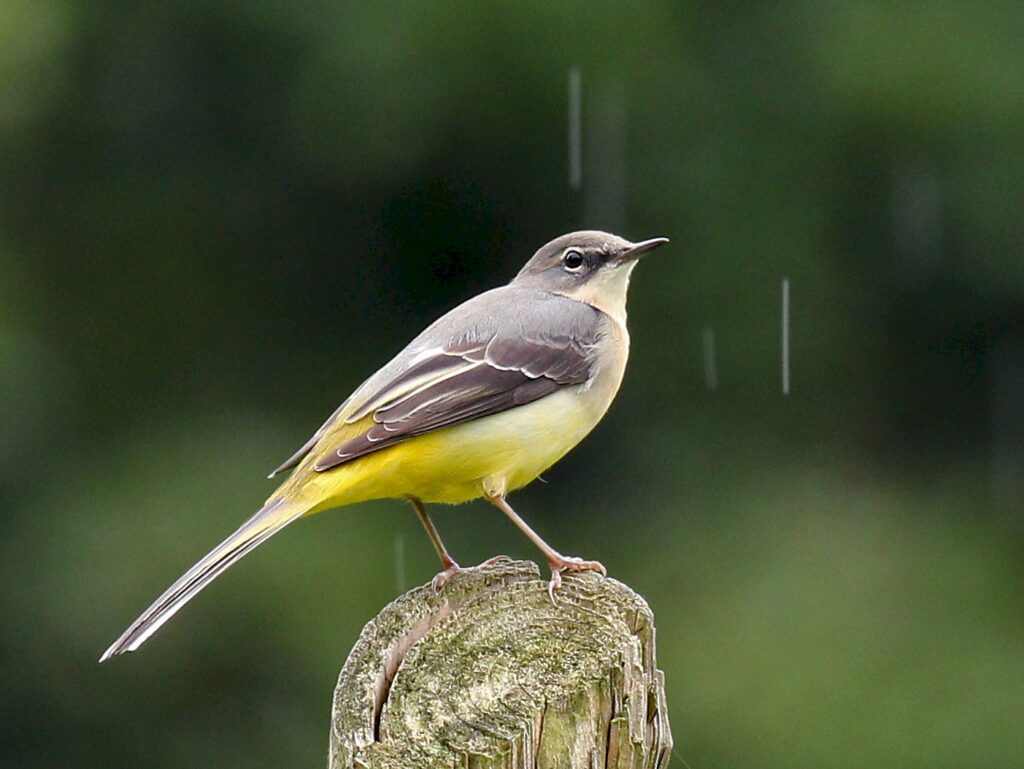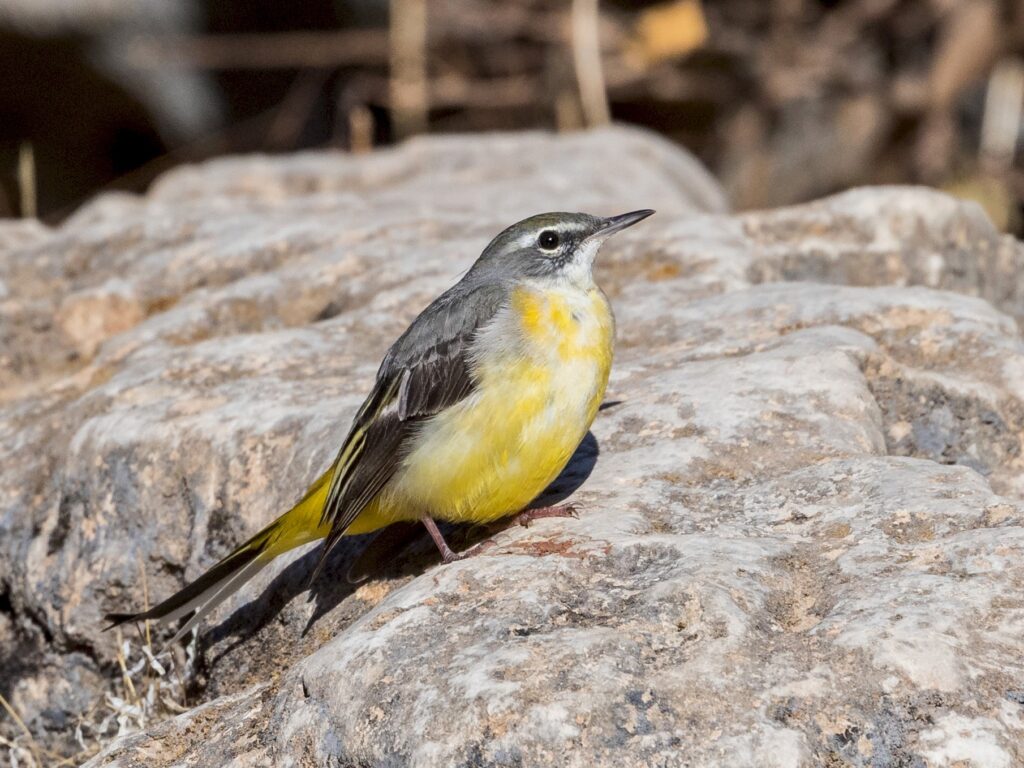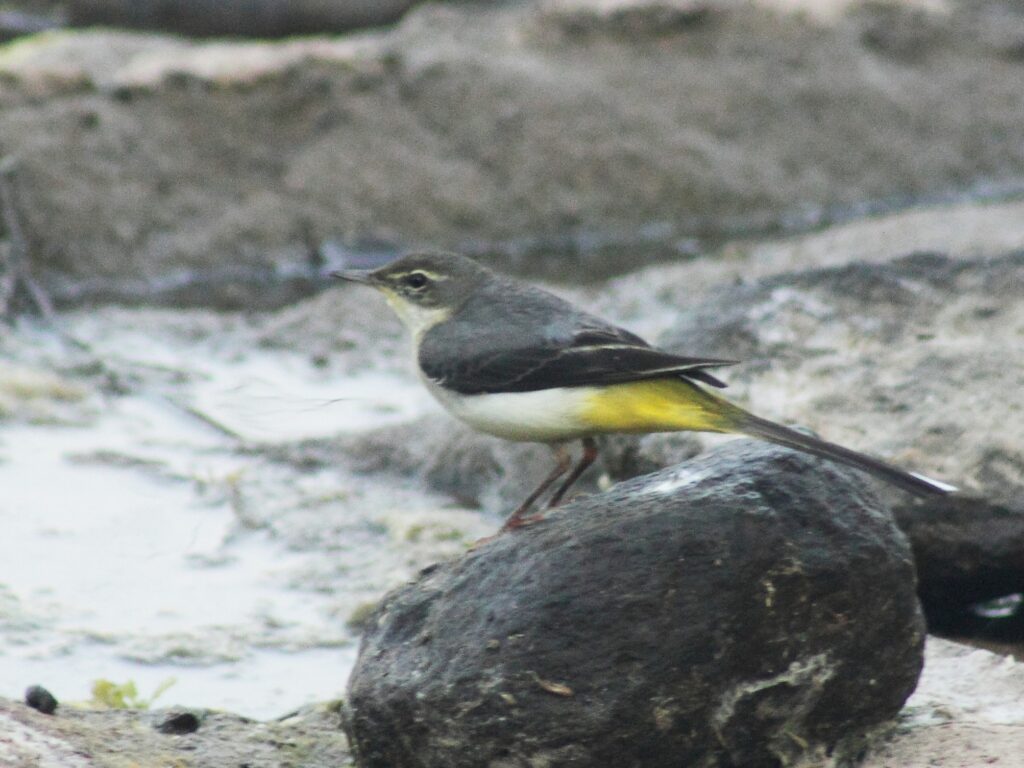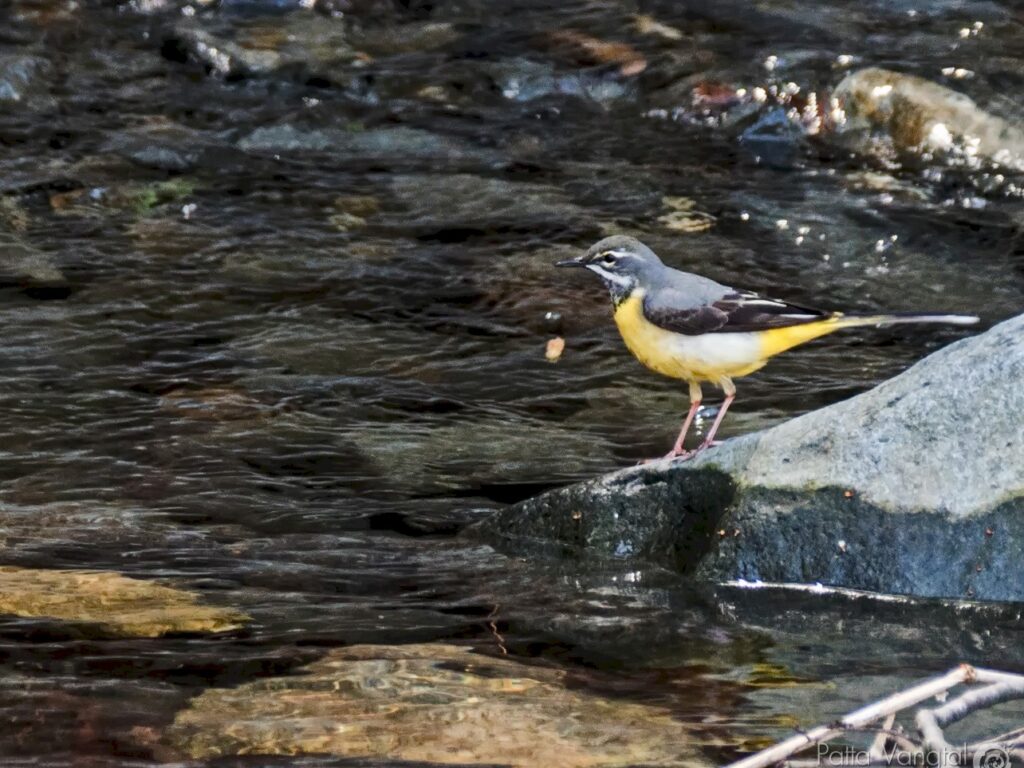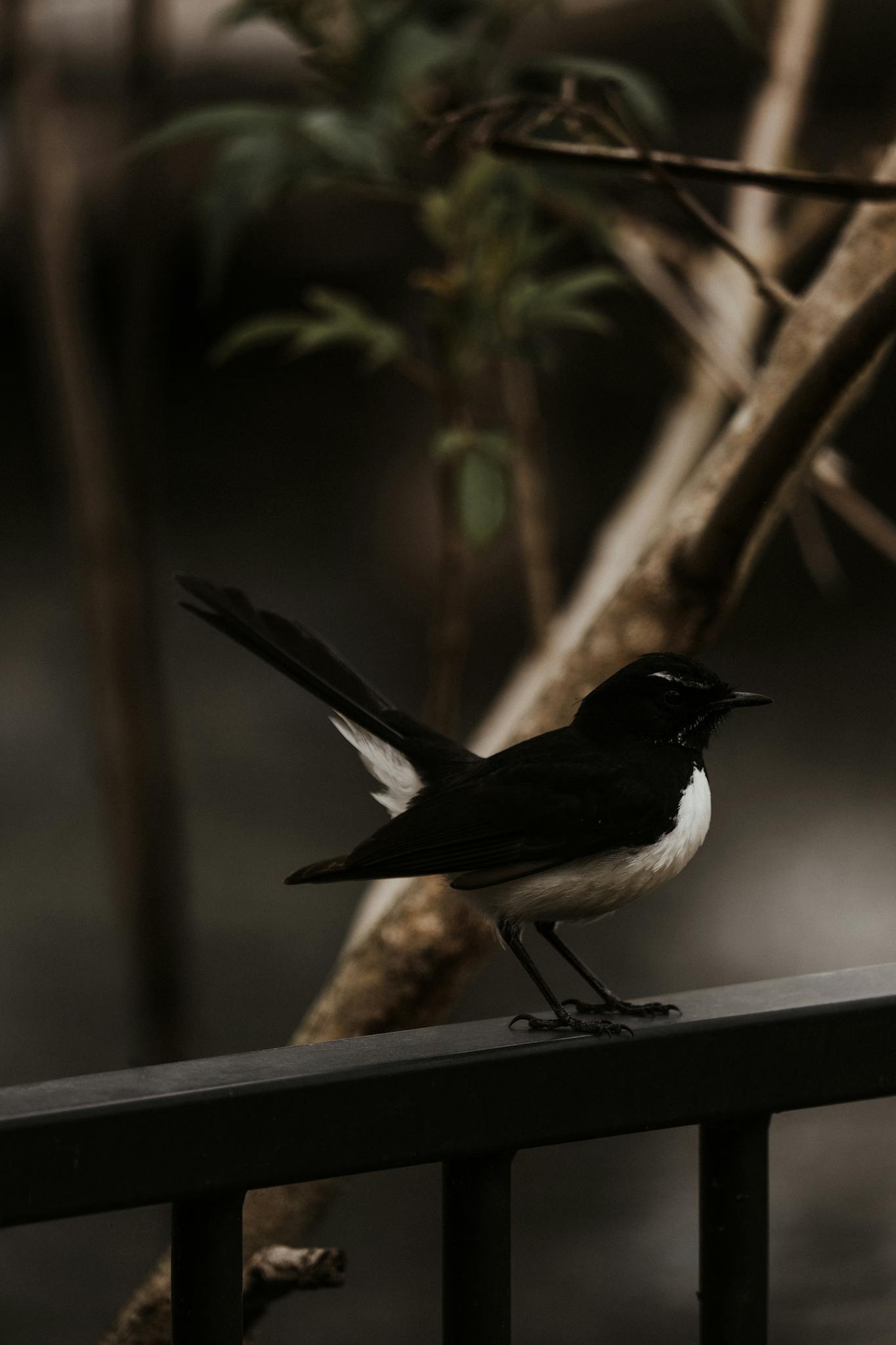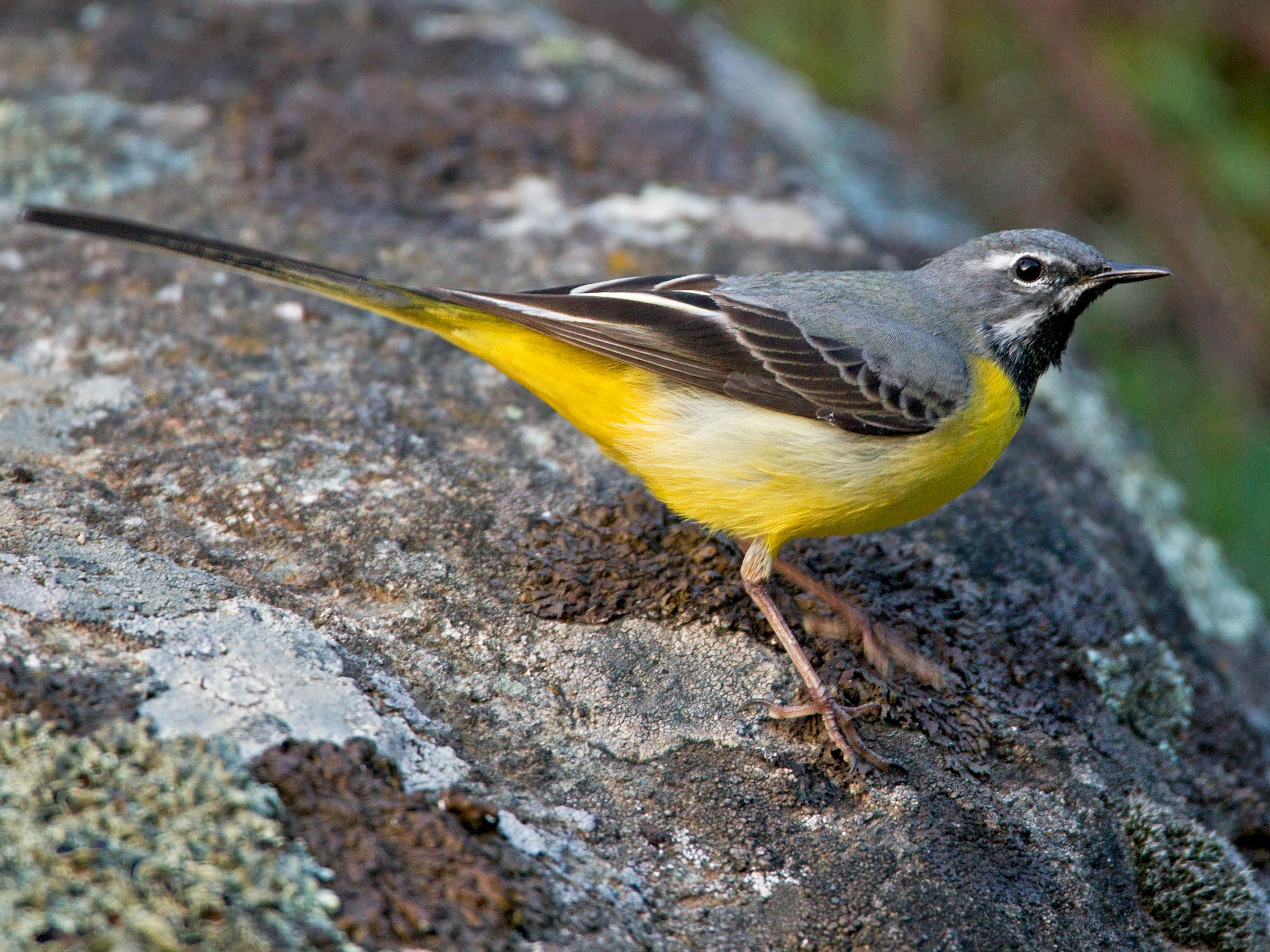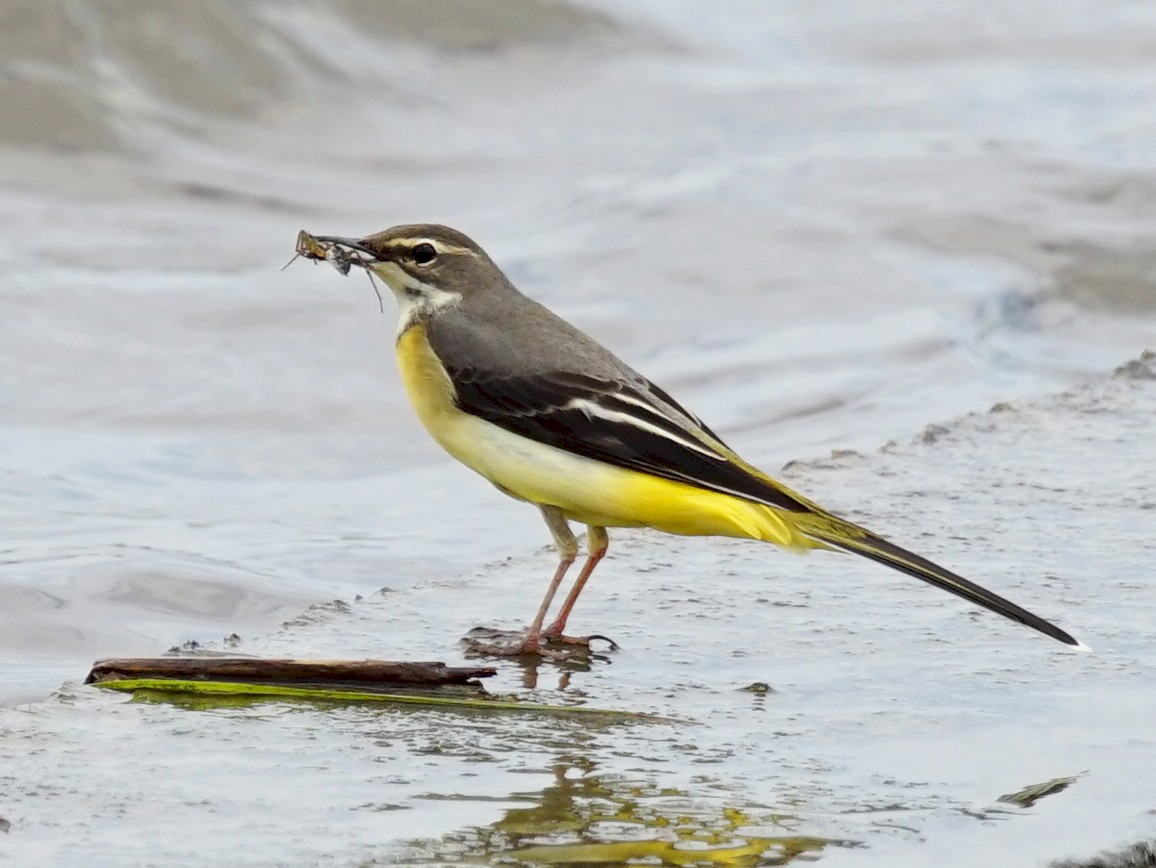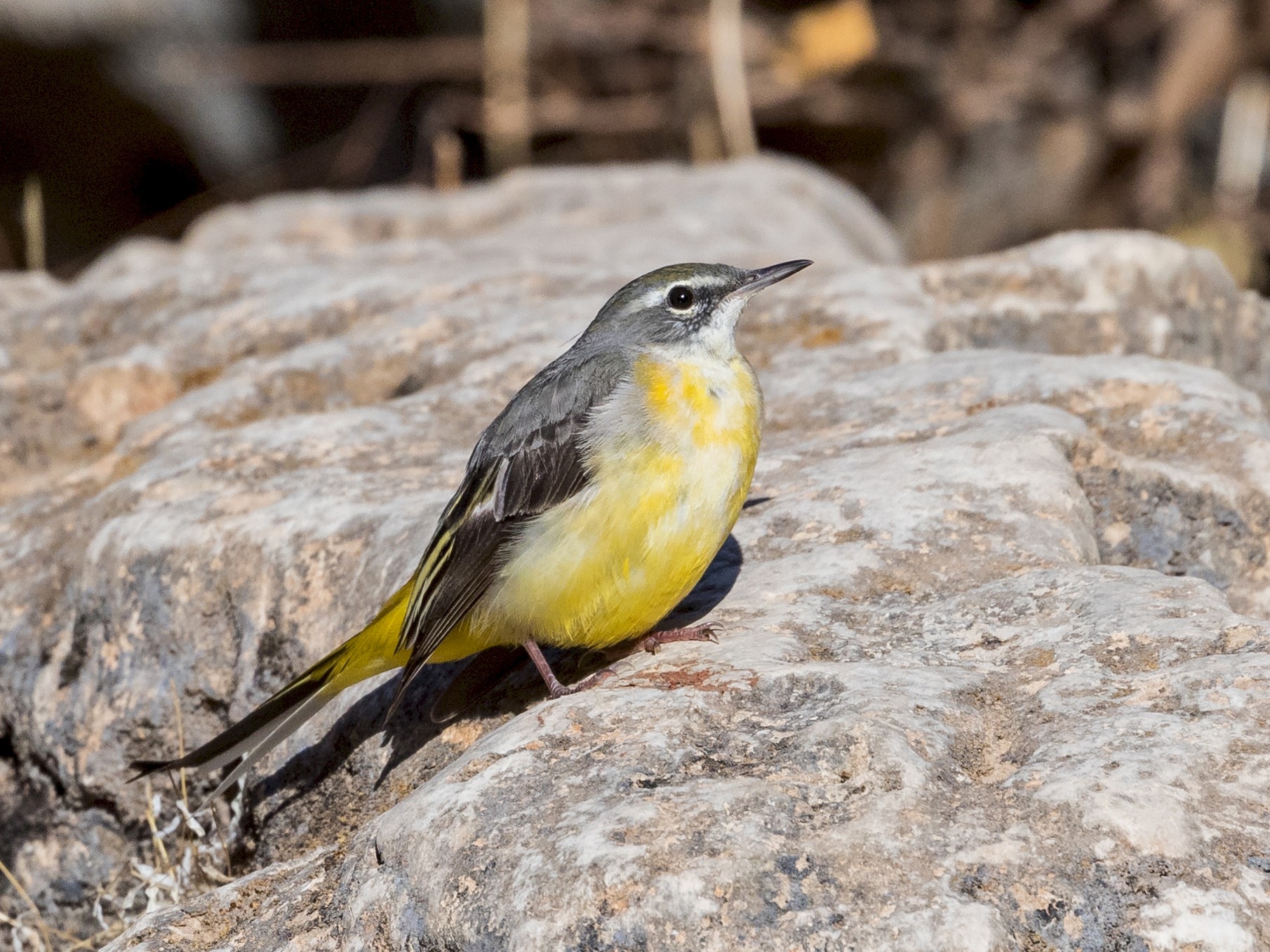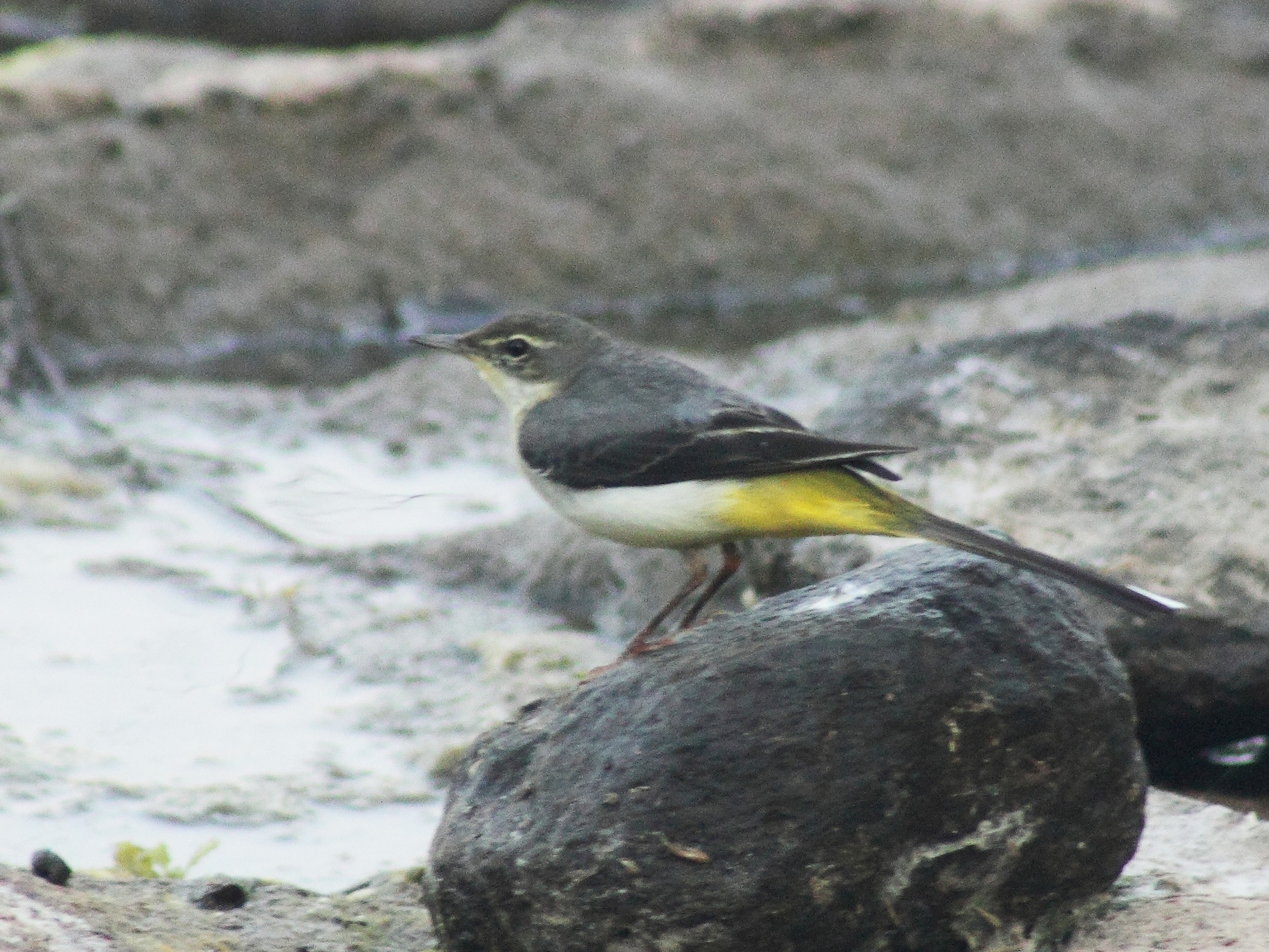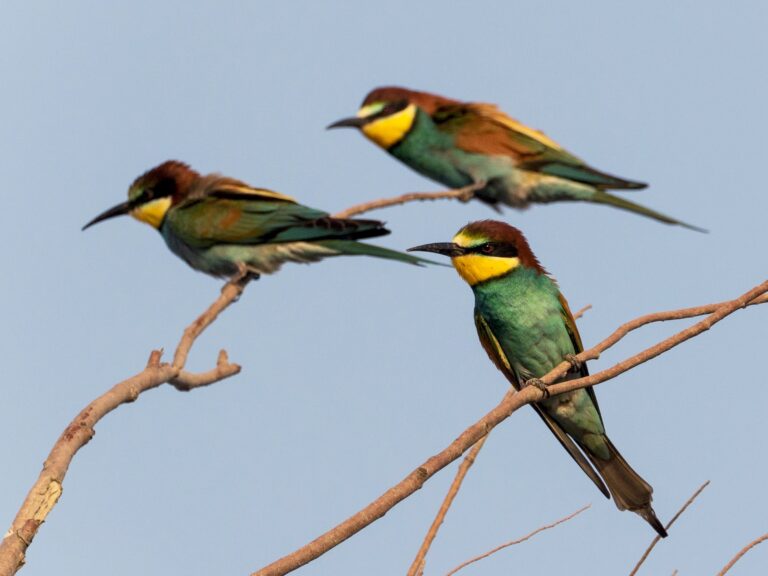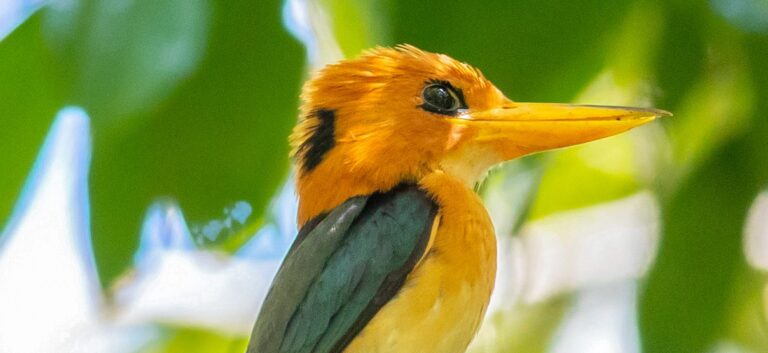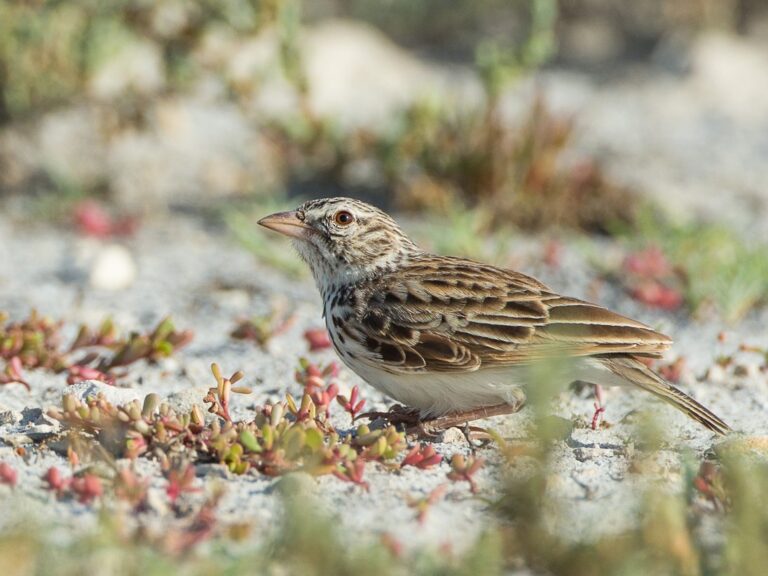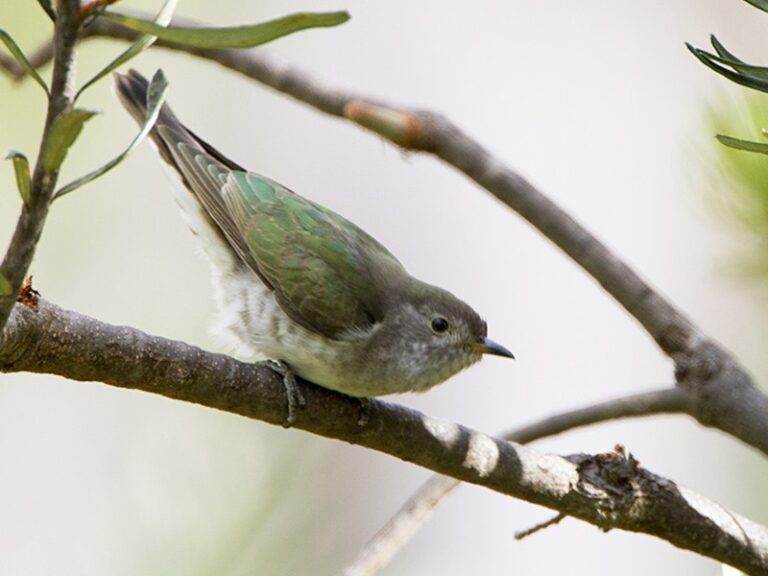Gray Wagtail: The Fascinating Bird You Need to Know About
The Gray Wagtail, known scientifically as Motacilla cinerea, is a captivating bird that can be found near rivers and streams across Europe and parts of Asia. This bird is easily recognized by its long tail, striking yellow belly, and graceful movements, making it a favorite among birdwatchers. Its charming behavior and unique characteristics have drawn the interest of both casual observers and ornithologists alike.
These birds are often seen hunting for insects along the water’s edge, displaying a lively demeanor as they bob their tails. Their adaptability to various habitats, from bustling urban areas to serene countryside, showcases their resilience. As their populations face challenges due to habitat loss, understanding their ecology and behavior becomes essential for conservation efforts.
Readers interested in the natural world will find the Gray Wagtail’s story both inspiring and informative. Delving into its physical traits, behavior, and the role it plays in its ecosystem will reveal the importance of protecting such unique species.
Key Takeaways
- The Gray Wagtail is recognized for its distinctive yellow belly and long tail.
- It inhabits areas near water, showcasing adaptability to different environments.
- Understanding its behavior helps highlight the need for conservation efforts.
Taxonomy and Nomenclature
The taxonomy and nomenclature of the Gray Wagtail provide essential insights into its classification and naming conventions. Understanding these details helps in recognizing the species and its relation to other birds in the same family.
Scientific Classification
The Gray Wagtail belongs to the family Motacillidae. This family includes various species commonly known as wagtails and pipits. The scientific name for the Gray Wagtail is Motacilla cinerea.
In terms of classification, it falls under the following categories:
- Kingdom: Animalia
- Phylum: Chordata
- Class: Aves
- Order: Passeriformes
- Family: Motacillidae
- Genus: Motacilla
- Species: cinerea
The Gray Wagtail is recognized for its unique characteristics and behaviors, making it an interesting subject of study for ornithologists.
Alpha Code and English Name
The English name for the Gray Wagtail is clear and straightforward. The alpha code assigned to this species is GW.
In ornithology, the alpha code is a shorthand that helps bird watchers and researchers identify species quickly. The use of this code is widespread in birding literature and field guides.
The Gray Wagtail is notable for its distinctive appearance, which includes a long tail and a striking yellow underbelly. This bird can often be found near water bodies, foraging for insects and small invertebrates.
Physical Characteristics
The Gray Wagtail is noted for its distinctive plumage and variations in color throughout its life stages. Recognizing these traits helps in identifying the species during different times of the year.
Plumage Descriptions
The adult Gray Wagtail displays a striking appearance that includes a bright yellow belly and slate gray back. The head is typically a darker gray, which creates a bold contrast with its underparts. It features slate gray wing feathers, which enhance its elegant look when in flight.
Additionally, the tail is long and often seen bobbing as the bird forages. Males and females show similar plumage, but females may exhibit slightly duller shades. In comparison to other wagtail species, such as the yellow wagtail, the Gray Wagtail lacks the same vibrant yellow on its back. This difference aids bird watchers in distinguishing between species in the field.
Juvenile and Autumn Plumage
Juvenile Gray Wagtails present a more subdued palette compared to adults. Their plumage is often marked by faint streaking on the breast and less defined yellow coloring. This helps them blend into their surroundings and offers some protection from predators.
As seasons change, the autumn plumage begins to develop. During this time, the overall colors may appear slightly muted. The juvenile population can resemble autumn yellow wagtails, further complicating identification. Tracking these plumage changes is essential for bird watchers to understand the life cycle and behavioral adaptations of the Gray Wagtail through different seasons.
Behavior and Habitat
The Gray Wagtail displays distinct behaviors and habitat preferences integral to its survival. Its feeding habits involve foraging techniques highly adapted to specific environments, while its breeding patterns highlight a monogamous nature within its territory.
Feeding Habits
The diet of the Gray Wagtail mainly consists of small insects and invertebrates. It prefers to hunt near water bodies, such as rivers and streams.
Their foraging method often includes walking along the riverbank or wading in shallow water. They use a technique known as “flicking” where they quickly move to catch prey. This behavior allows them to capture insects like mayflies and caddisflies, which are plentiful near their habitats.
In urban areas, Gray Wagtails adapt and may feed on small scraps, showing flexibility in their diet. They contribute to controlling insect populations, playing a role in their ecosystems.
Breeding and Reproduction
During the breeding season, Gray Wagtails exhibit strong monogamous behavior. Pairs typically form once they reach their breeding grounds, often located near fast-flowing rivers. They build their nests in sheltered spots, usually along the riverbanks.
Nesting materials include grass, feathers, and moss, providing warmth and protection for the eggs. The female lays around 4 to 6 eggs, which she incubates for about two weeks.
After the eggs hatch, both parents feed the chicks with a diet rich in insects. The young wagtails fledge after about two weeks, beginning to explore their habitat while remaining close to their parents.
Territorial Behavior
Gray Wagtails are known for their territorial instincts, especially during the breeding season. Males establish and defend territories that include prime feeding and nesting sites.
They often engage in displays of aggression to ward off intruders. This may involve vocalizations and flight patterns designed to assert dominance.
Territory size can vary based on habitat quality and abundance of resources. In areas with plentiful food, territories may be smaller, enabling them to share spaces, while in less ideal conditions, larger spaces are claimed to ensure sufficient resources for nesting and feeding.
Conservation Status and Distribution
The Gray Wagtail is a bird with a notable range and various conservation efforts aimed at its protection. Understanding its population density and conservation measures is essential for its future.
Population Range and Density
Gray Wagtails are found across a wide range in Europe and parts of Asia. Their breeding areas extend from the UK to western regions of China. They prefer habitats near rivers, streams, and wetlands, usually at lower elevations.
Vagrants have been reported in areas outside their typical range, appearing as far as North America and northern Africa. The population density can vary significantly, depending on habitat quality. In the UK, estimates suggest a breeding population ranging between 20,000 to 60,000 pairs.
Range maps illustrate their primary habitats, showing strongholds in France and other European countries. Seasonal migrations also affect their distribution, as many birds move to more favorable climates during winter.
Conservation Efforts
Conservation status for the Gray Wagtail is currently assessed as Least Concern, but several efforts focus on habitat preservation. Organizations work to protect riverbanks and maintain water quality to support their breeding environments.
In France, specific areas have been designated as conservation sites where human activities are regulated. Monitoring programs track population trends and migration patterns, vital for assessing the health of the species.
Public awareness campaigns aim to educate local communities about the importance of protecting wetland habitats. Introducing stricter regulations on water use and pollution has also been a focus. Collectively, these actions contribute to sustaining the Gray Wagtail’s populations in the wild.
Ornithology and Birdwatching
Ornithology, the study of birds, is deeply intertwined with birdwatching. Serious birders often seek to identify and learn about various bird species, such as the Gray Wagtail and its relatives, like the western yellow wagtail. This section covers field guide resources and provides helpful tips for birdwatching.
Field Guide Resources
Field guides are essential tools for birdwatchers. They help identify different bird species with pictures and descriptions. One notable resource is The Crossley ID Guide, which offers innovative layouts and visuals tailored for both beginners and experienced birders.
The American Birding Association (ABA) also provides a classic collection of North American birds, ideal for those focused on local species. Birders should keep an updated bird list to track sightings throughout the year, which is especially useful during a big year challenge.
Many apps and websites are available for quick access to bird information. These digital resources enable bird watchers to search for North American birds, making identification easier.
Bird Watching Tips
Birdwatching requires patience and attention to surroundings. Finding the Gray Wagtail involves knowing its preferred habitats, such as streams or wet areas. Keeping binoculars handy is crucial for spotting distant birds.
Birders should invest time in learning calls and behaviors. This knowledge can make it easier to locate them. Joining local birdwatching groups can provide valuable insights and shared experiences.
Timing is also important; early mornings or late afternoons tend to be the best times for sightings. Booklets and community events can enhance one’s birdwatching adventures. Using these strategies will help enthusiasts connect with nature and enjoy the art of birdwatching.
Frequently Asked Questions
This section provides essential information related to the Grey Wagtail. It addresses identification features, sounds, habitat preferences, conservation status, and actions to take if spotted.
What distinguishing features can be used to identify male and female Grey Wagtails?
Male and female Grey Wagtails have some notable differences. Males generally have brighter colors, featuring a rich yellow belly and a distinct gray back. Females are more subdued in color, with a paler yellow belly and a more muted gray hue.
What are the characteristic sounds or calls of the Grey Wagtail?
The Grey Wagtail produces a variety of calls. Its most common call is a melodious “pee pee” sound, often heard during flight. The calls serve to communicate with others and establish territory.
How does the Grey Wagtail differ from the Yellow Wagtail?
The Grey Wagtail and Yellow Wagtail can be distinguished by their colors and habitats. The Grey Wagtail has a gray-black back with a yellow underbelly. In contrast, the Yellow Wagtail is more vibrant, displaying bright yellow and green tones. Their preferred environments also differ, with Grey Wagtails favoring faster-moving waters.
Where are the preferred habitats of Grey Wagtails?
Grey Wagtails prefer habitats near freshwater. They are commonly found along streams, rivers, and waterfalls. They also thrive in open areas with good visibility for spotting food.
What is the conservation status of the Grey Wagtail?
The Grey Wagtail is currently assessed as a species of Least Concern. It has a stable population in many regions, though local declines may occur due to habitat changes or pollution.
What should you do if you encounter a Grey Wagtail?
If someone spots a Grey Wagtail, it is best to observe from a distance. Attempting to approach too closely may scare the bird away. Taking photos can be a great way to document the sighting without disturbing its natural behavior.
